Dharmasthala Sri Manjunatha Swamy Temple: A Spiritual Haven of Harmony and Humanity
Dharmasthala Sri Manjunatha Swamy Temple, located in the quaint town of Dharmasthala in Karnataka, India, is a spiritual abode where people from different religions, castes, and backgrounds come together to seek the blessings of Lord Shiva. The temple, renowned for its unique tradition of Annadhana, which means offering food and shelter to every visitor regardless of their social standing, has a rich history dating back several centuries.
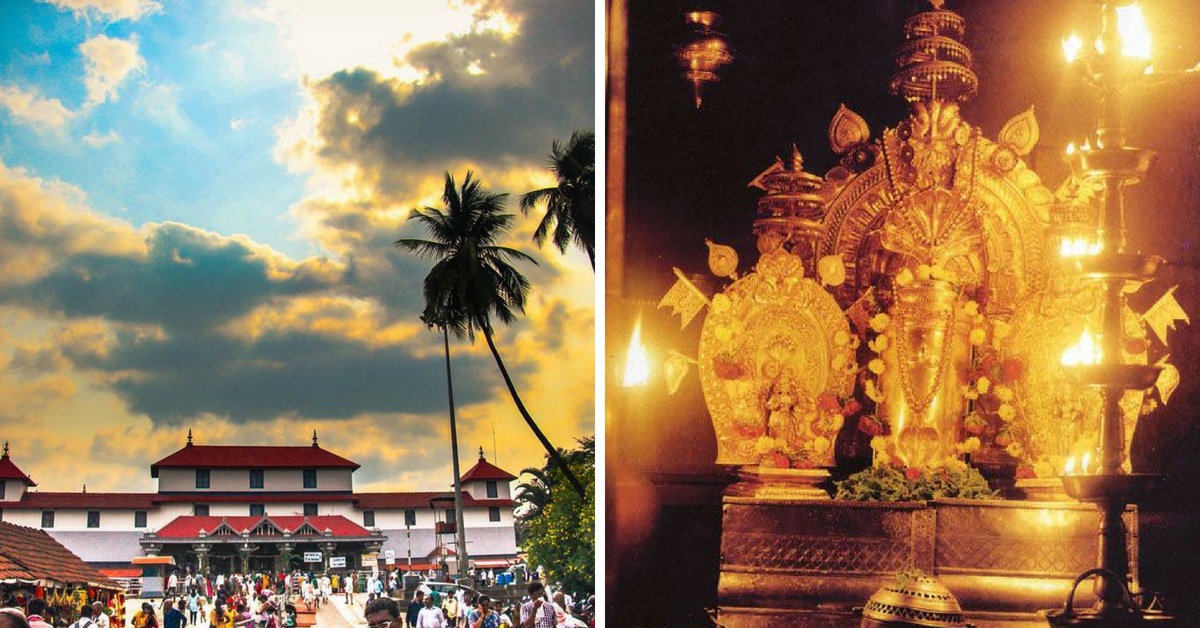
Legend has it that the temple was constructed by a Jain chieftain named Birmanna Pergade, who was a devotee of Lord Shiva. He had a vision in his dream, where Lord Shiva commanded him to build a temple in his name in Dharmasthala. Following the deity’s instructions, Birmanna Pergade built the temple, but due to lack of resources, the temple faced several problems in the initial days.
The Heggade family, who were Vaishnavas, came forward to offer their services to the temple. They not only took care of the temple but also established the tradition of Annadhana, which has become the hallmark of the temple. The Heggade family has been the hereditary trustees of the temple since then and has taken on the responsibility of maintaining the temple and the welfare of the devotees.
Architecture of Dharmasthala Sri Manjunatha Swamy Temple
The Dharmasthala Sri Manjunatha Swamy Temple, a fine example of South Indian architecture, comprises several structures, including the main shrine, entrance tower, temple kitchen, and museum. The main shrine, dedicated to Lord Shiva, houses a lingam, an embodiment of Lord Shiva. The entrance tower, with intricate carvings and sculptures, is one of the most striking features of the temple complex.
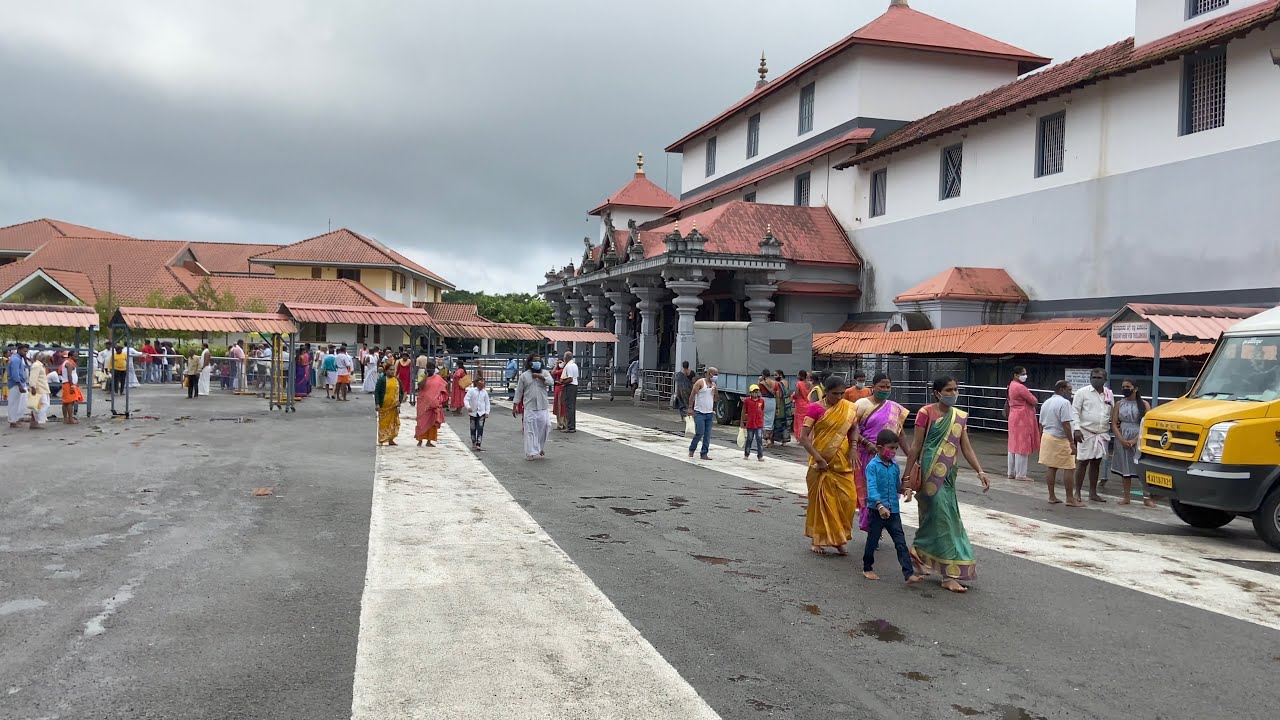
The temple kitchen, known as Annapoorna Mandir, is where the tradition of Annadhana takes place. It is a spacious hall that can accommodate thousands of people and serves a simple yet delicious vegetarian meal to all devotees. The temple complex houses several other shrines dedicated to various deities, including Lord Ganesh, Goddess Durga, and Lord Ayyappa.
Festivals Celebrated at Dharmasthala Sri Manjunatha Swamy Temple
The temple celebrates several festivals throughout the year, with the annual Laksha Deepotsava being the most important one. The festival, which lasts for 11 days, is marked by the lighting of thousands of lamps in and around the temple complex. The highlight of the festival is the procession of Lord Shiva’s idol on a silver chariot, which is pulled by devotees around the temple complex.
Mahashivaratri, celebrated in February or March, is another significant festival celebrated at the temple. The festival is marked by special prayers and rituals to Lord Shiva, attracting thousands of devotees to seek the deity’s blessings.
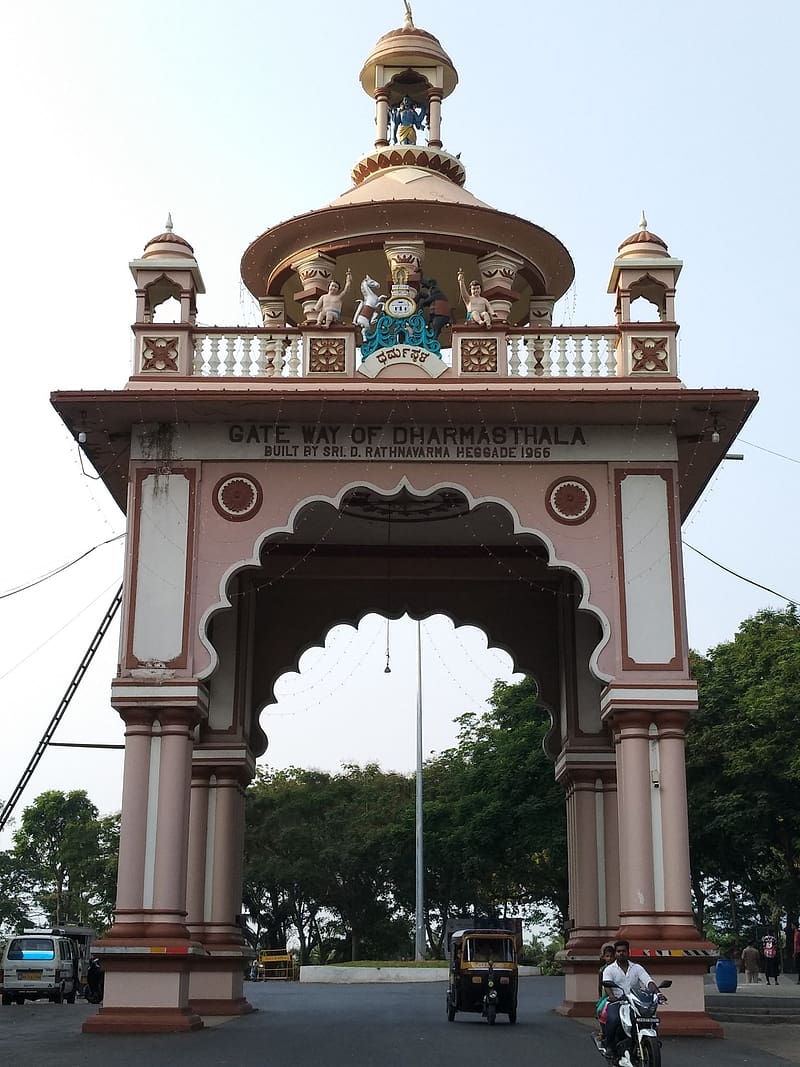
Other festivals celebrated at the temple include Navaratri, Diwali, and Ugadi, among others. These festivals are celebrated with great fervor and enthusiasm, bringing people from all walks of life together to celebrate the rich cultural heritage of India.
Dharmasthala Sri Manjunatha Swamy Temple stands as a beacon of communal harmony and social equality, where people from different backgrounds come together to seek the blessings of Lord Shiva. The temple’s unique tradition of Annadhana has helped countless people, and its architectural beauty and rich history make it a must-visit destination for anyone interested in exploring India’s cultural heritage.
The temple’s existence is a testament to the power of faith and humanity, and its message of love, unity, and compassion resonates with people from all walks of life. The Heggade family’s tireless efforts in maintaining the temple and its traditions have ensured that the temple continues to inspire and serve people even after several centuries.
Visiting Dharmasthala Sri Manjunatha Swamy Temple is a spiritual experience that offers a glimpse into India’s rich cultural and spiritual heritage. The temple’s serene ambiance, striking architecture, and unique traditions make it a must-visit destination for anyone looking to explore India’s spiritual side.
The temple’s message of harmony and humanity is more relevant today than ever before, as the world grapples with issues of religious intolerance, caste-based discrimination, and social inequality. The temple’s tradition of Annadhana, which treats everyone as equals and provides them with food and shelter, is a shining example of how humanity can come together to make a difference in the world.
In conclusion, Dharmasthala Sri Manjunatha Swamy Temple is a testament to India’s rich cultural and spiritual heritage. Its unique traditions, striking architecture, and message of communal harmony and social equality make it a must-visit destination for anyone interested in exploring India’s cultural roots. Visiting the temple is an enriching experience that leaves a lasting impression on the mind and soul, inspiring us to become better human beings and contribute to a better world.
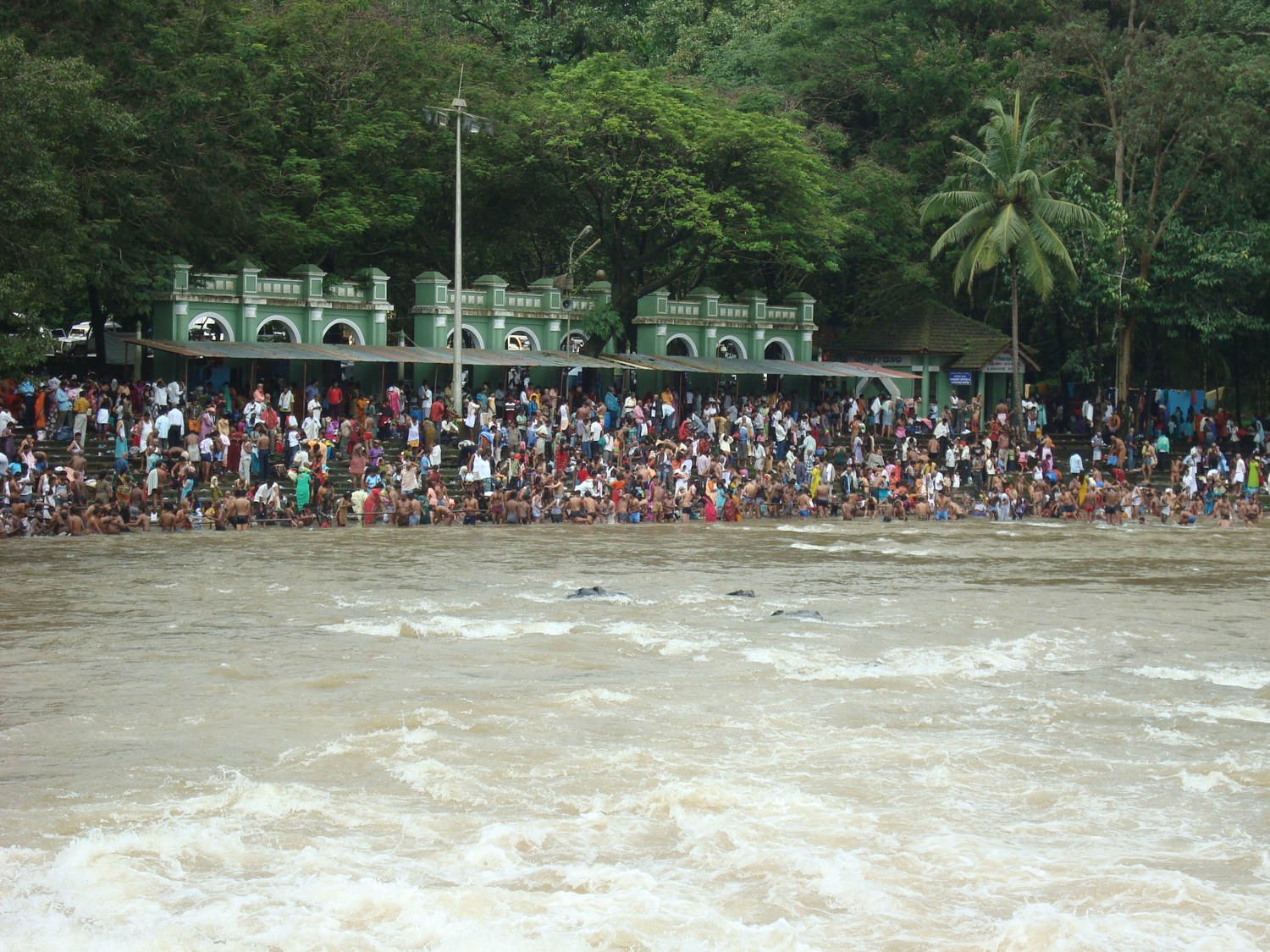
Places to Visit in Dharmasthala
- Shrine of Lord Manjunatha Swamy
- Shrine of Shri Ammanavaru
- Shrine of Shri Annappa Swamy
- Shrine of Shri Ganapathi
- Shri Chandranatha Swamy Basadi
- Shri Manjunatheshwara Cultural Research Foundation
- Nelyadi Beedu
- Lord Shri Bahubali statue
- Annapoorna Dining Hall
- Lalitodyan
- Manjusha Museum
- Manjusha Car Museum
Temple Timings:
The Dharmasthala Sri Manjunatha Swamy Temple is open from 6:30 AM to 2:00 PM and from 5:00 PM to 8:30 PM every day. The temple is closed during the afternoon hours on certain special occasions and festivals.
How to Reach Dharmasthala:
Dharmasthala is well-connected to major cities in Karnataka by road and rail.
By Road: Bengaluru, the capital city of Karnataka, is located around 300 km away from Dharmasthala. The city is well-connected to Dharmasthala by road. Several buses, both government-run and private, operate from Bengaluru to Dharmasthala. The journey takes around 6-7 hours. One can also hire a taxi or a private vehicle from Bengaluru to reach Dharmasthala.
By Rail: The nearest railway station to Dharmasthala is in Mangalore, which is around 75 km away. Bengaluru is well-connected to Mangalore by rail. Several trains operate from Bengaluru to Mangalore on a daily basis. From Mangalore railway station, one can take a taxi or a bus to reach Dharmasthala.
By Air: The nearest airport to Dharmasthala is Mangalore International Airport, which is around 75 km away. Bengaluru is well-connected to Mangalore by air. Several airlines operate flights from Bengaluru to Mangalore on a daily basis. From the airport, one can take a taxi or a bus to reach Dharmasthala.
Apart from the Dharmasthala Sri Manjunatha Swamy Temple, there are several other places to visit in and around Dharmasthala that offer a glimpse into the rich cultural and natural heritage of the region.
Here are some of the popular tourist attractions in and around Dharmasthala:
Bahubali Statue:
Located in the nearby town of Venur, the Bahubali statue is a massive monolithic statue of Lord Bahubali, a revered Jain deity. The statue, which stands at a height of 38 feet, is one of the tallest monolithic statues in Karnataka and attracts thousands of tourists every year.
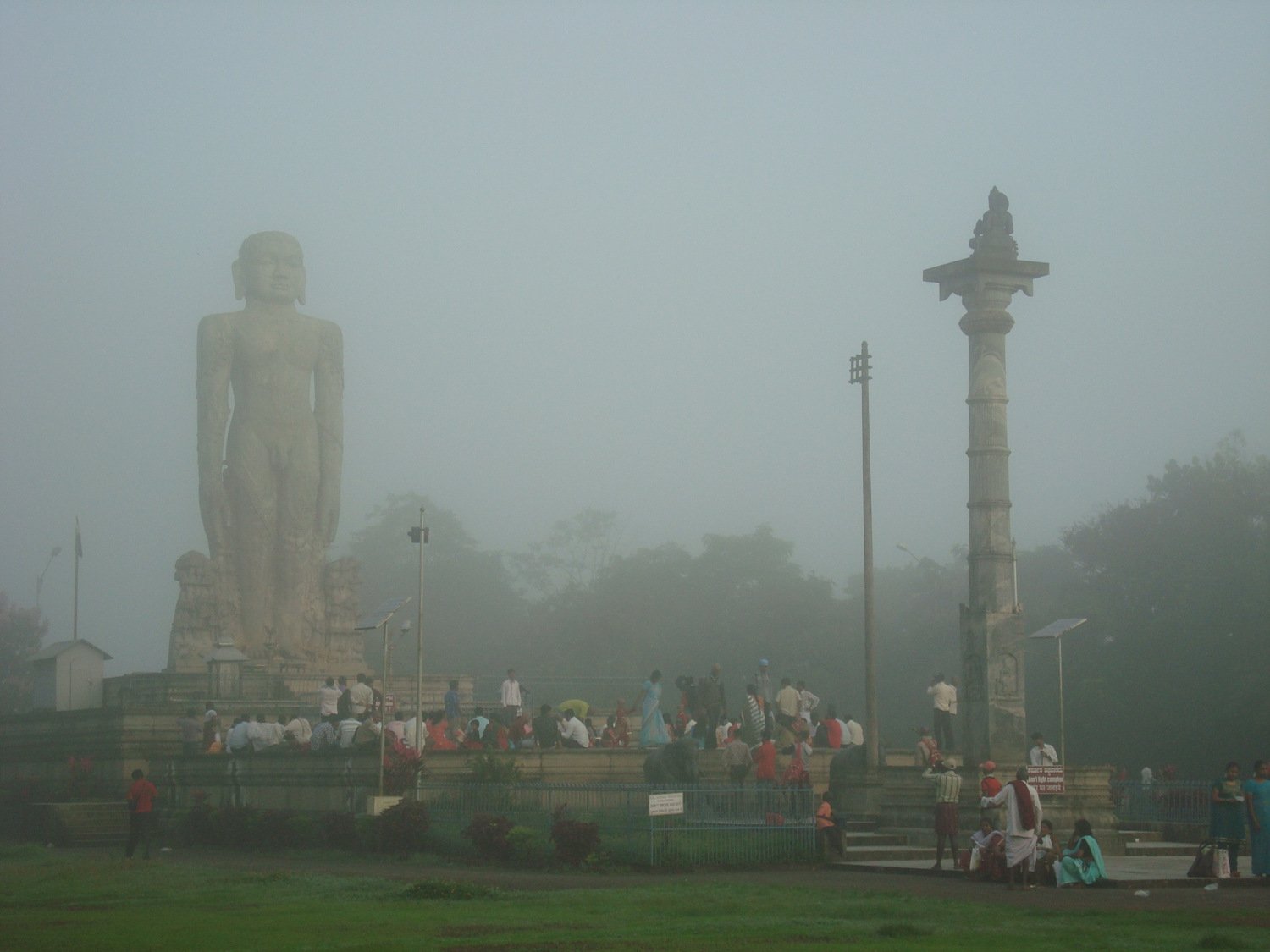
Kukke Subramanya Temple:
Located around 70 km from Dharmasthala, the Kukke Subramanya Temple is a popular pilgrimage site dedicated to Lord Subramanya, a Hindu deity. The temple is known for its unique traditions and rituals, and its scenic location in the midst of the Western Ghats makes it a must-visit destination for nature lovers.
Netravathi River:
The Netravathi River, which flows through Dharmasthala, is a popular spot for fishing and boating. The river is surrounded by lush greenery and offers a peaceful respite from the hustle and bustle of city life.
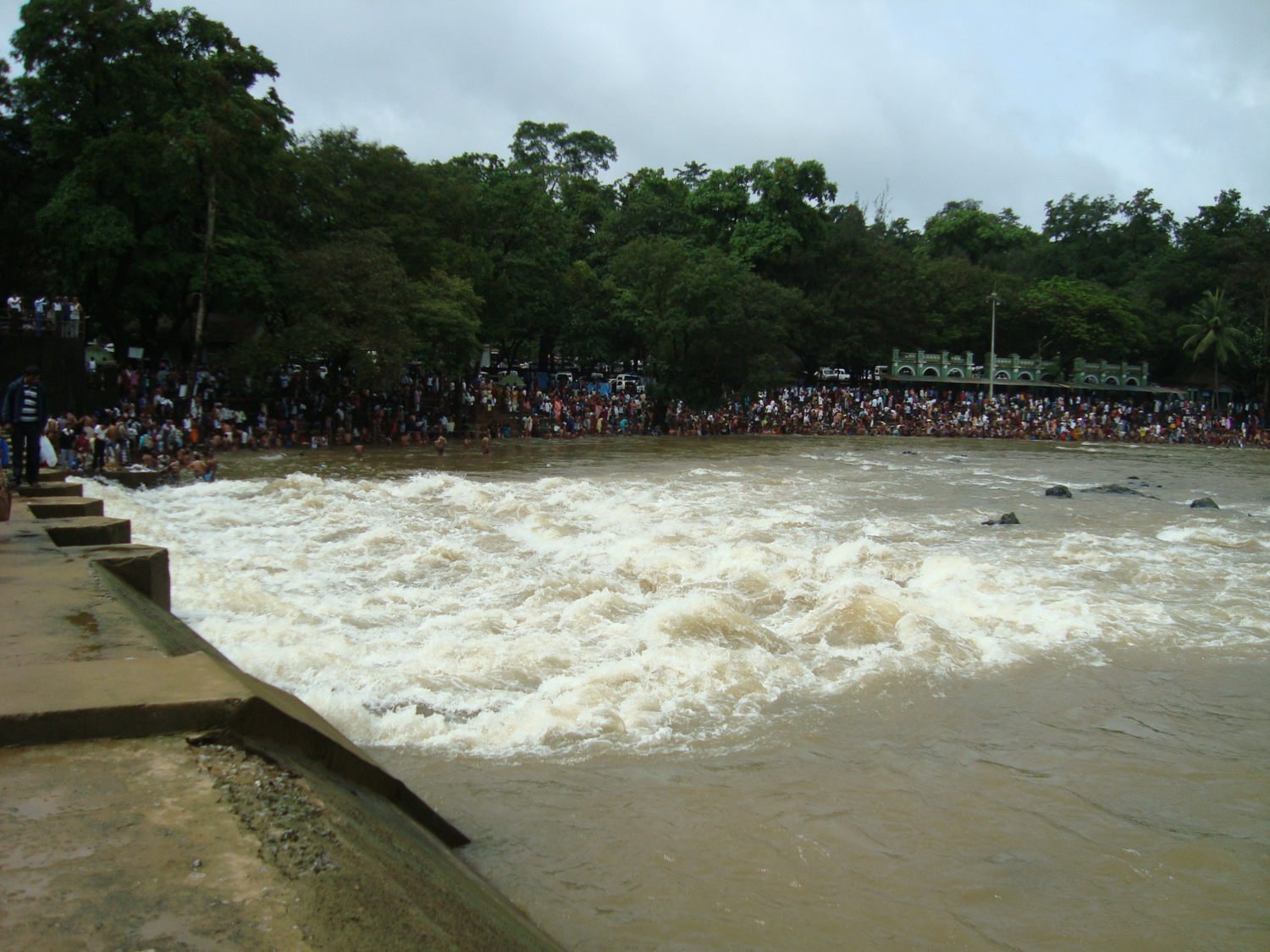
Manjusha Museum: The Manjusha Museum, located inside the Dharmasthala temple complex, is a museum dedicated to preserving and showcasing the rich cultural heritage of Karnataka. The museum houses a vast collection of artifacts, including sculptures, paintings, and manuscripts.
Shri Kshetra Dharmasthala Rural Development Project: The Shri Kshetra Dharmasthala Rural Development Project is a non-profit organization founded by the Heggade family to promote sustainable development in the region. The organization’s initiatives include promoting organic farming, providing vocational training, and building community infrastructure.
Dharmasthala and its surrounding regions offer a unique blend of spiritual, cultural, and natural attractions that are sure to leave visitors mesmerized. From the majestic temples and museums to the scenic hills and rivers, there is something for everyone in this beautiful part of Karnataka. A visit to Dharmasthala and its surrounding regions is a truly enriching experience that offers a glimpse into India’s rich cultural and natural heritage.



